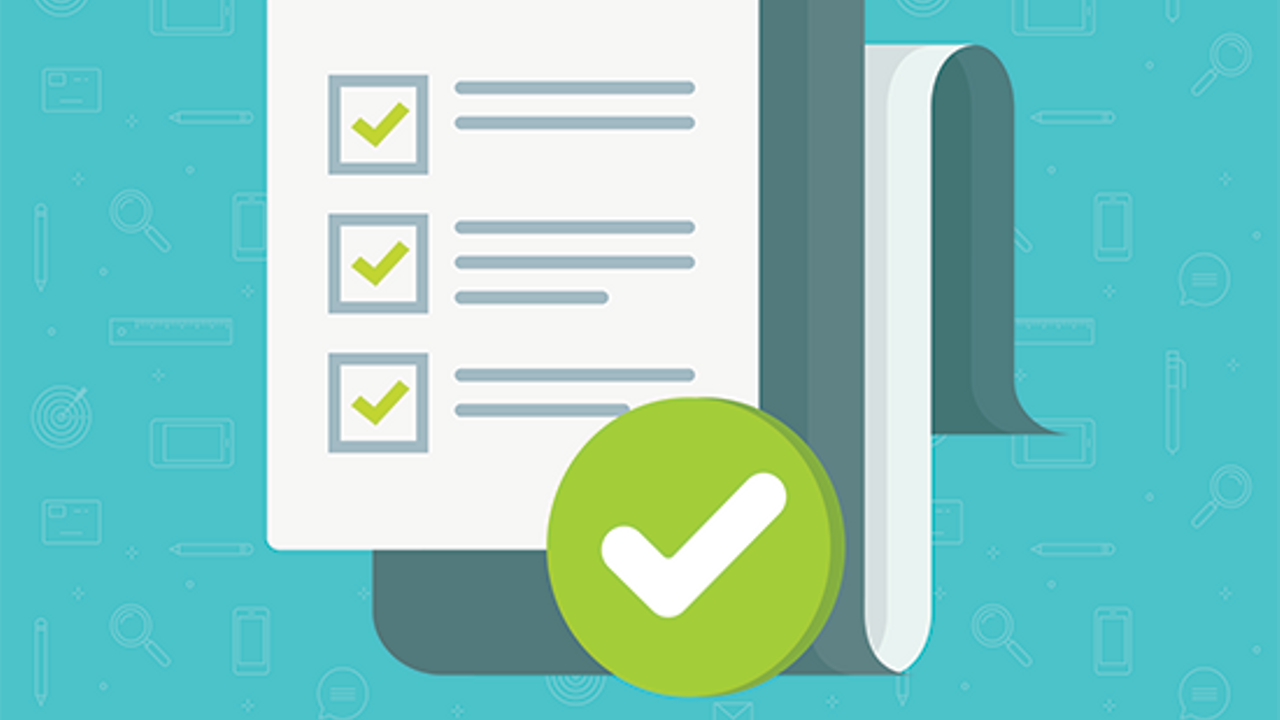Email is a useful channel to reach your target audience. It can be used in a variety of ways, from sharing information to increasing sales and brand awareness. It’s primarily used to connect with your target audience and keep your brand top-of-mind with the right people. The goal should always be to create emails that are engaging and click-worthy. So, what does it take to create better emails? Use this email marketing checklist as a guide to building emails worth reading.
1. Personalized and Easy to Read
Regardless of what type of email you are sending—newsletter, nurture campaign or sales promotion—use these best practices to ensure you include content that is relevant, personalized and easy to consume.
- Use bullets or numbered lists. People like short and to-the-point content. Keep the message clear and concise.
- Use short, clickable hyperlinks. Including long URLs adds clutter to your emails. Plus, if you’re using UTM tracking parameters, this will take up more space and might even confuse some readers. For example, hyperlinking to Marketing Pro Series is much easier than www.marketingproseries.com.
- Use a personalized greeting. You can start the email with something as simple as “Hello Susan,” but the important thing is to make people feel like individuals, not part of a generic, bulk distribution.
- Include one call to action (CTA). The objective of your email is to get your audience to take action. Include one CTA within the email such as “Learn more here,” “Sign up now,” or “Download now.” You can still include hyperlinks to specific text or images.
Want more insights into the foundational steps to great marketing? Download our B2B Marketing for Executives eBook to learn more!
2. Compelling Subject Line
Subject lines can make or break your email. It’s the first thing your recipients see, and they can be influenced to open the email or delete it depending on the subject line. So, what is the best way to grab the attention of your audience? Here are some subject line best practices:
- Short Is best. Subject lines under seven words perform best, but that might not always work for what you are communicating. Ultimately, try to keep it as short as possible while still including the most important aspects of the message.
- Use brackets. Brackets help your email stand out, e.g., [Webcast Tomorrow] Register Now! This immediately grabs attention, and tests show it increases open rates.
- Avoid spam words. It might be tempting to include words such as “free” and “act now,” but these can often be flagged as spam by email service providers. Avoiding overly promotional words will help ensure your emails are delivered.
3. Timed Well
The last part of your email marketing checklist is timing. There isn’t a no-fail day of week or time of day to send your email to guarantee high performance. These best practices, though, are backed by research and can help you determine when to send your message:
- Day of the week. Tuesday, Wednesday and Thursday tend to be the best days. Avoid Mondays because, well, it’s Monday. Fridays and weekends are when the workweek winds down, and most people aren’t reading all their emails then.
- Time of day. Mid-morning and early afternoon deliver the highest click-through rates, according to research. People coming back from a lunch break will most likely check their email to catch up on anything they missed. As for mid-morning, many people break up their workday and take a few minutes to check emails before lunchtime. These times may not work best for you, so start there but test to determine what works best for your audience.
Building a foundation for marketing is critical for any business. Check out our courses, which provide actionable strategies and plans to move your marketing efforts in the right direction.

